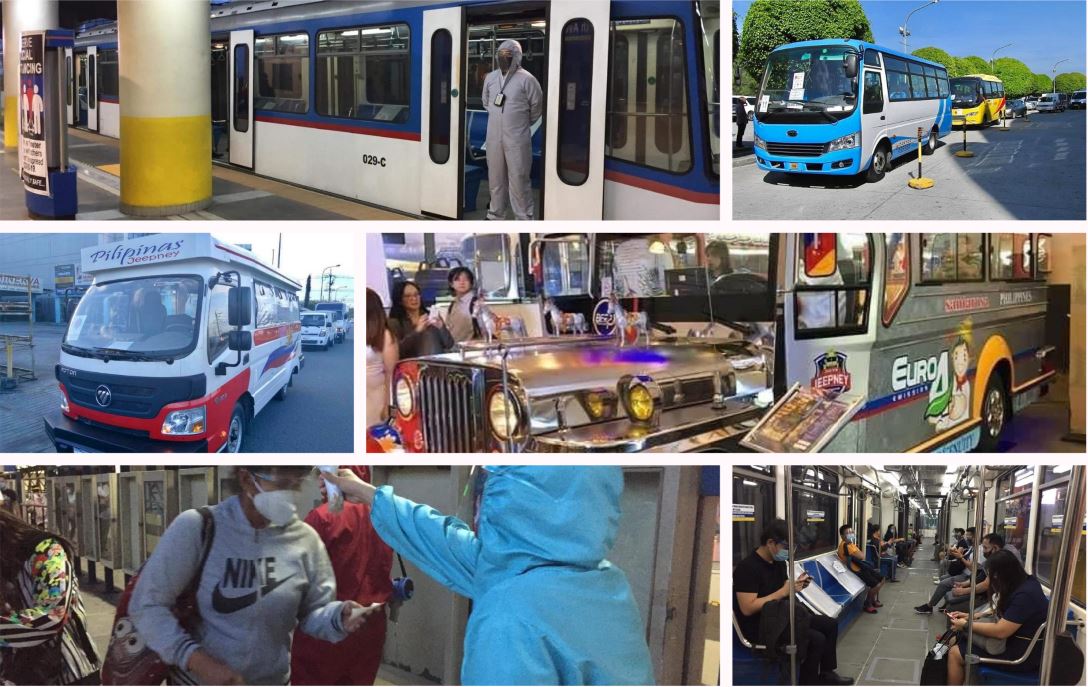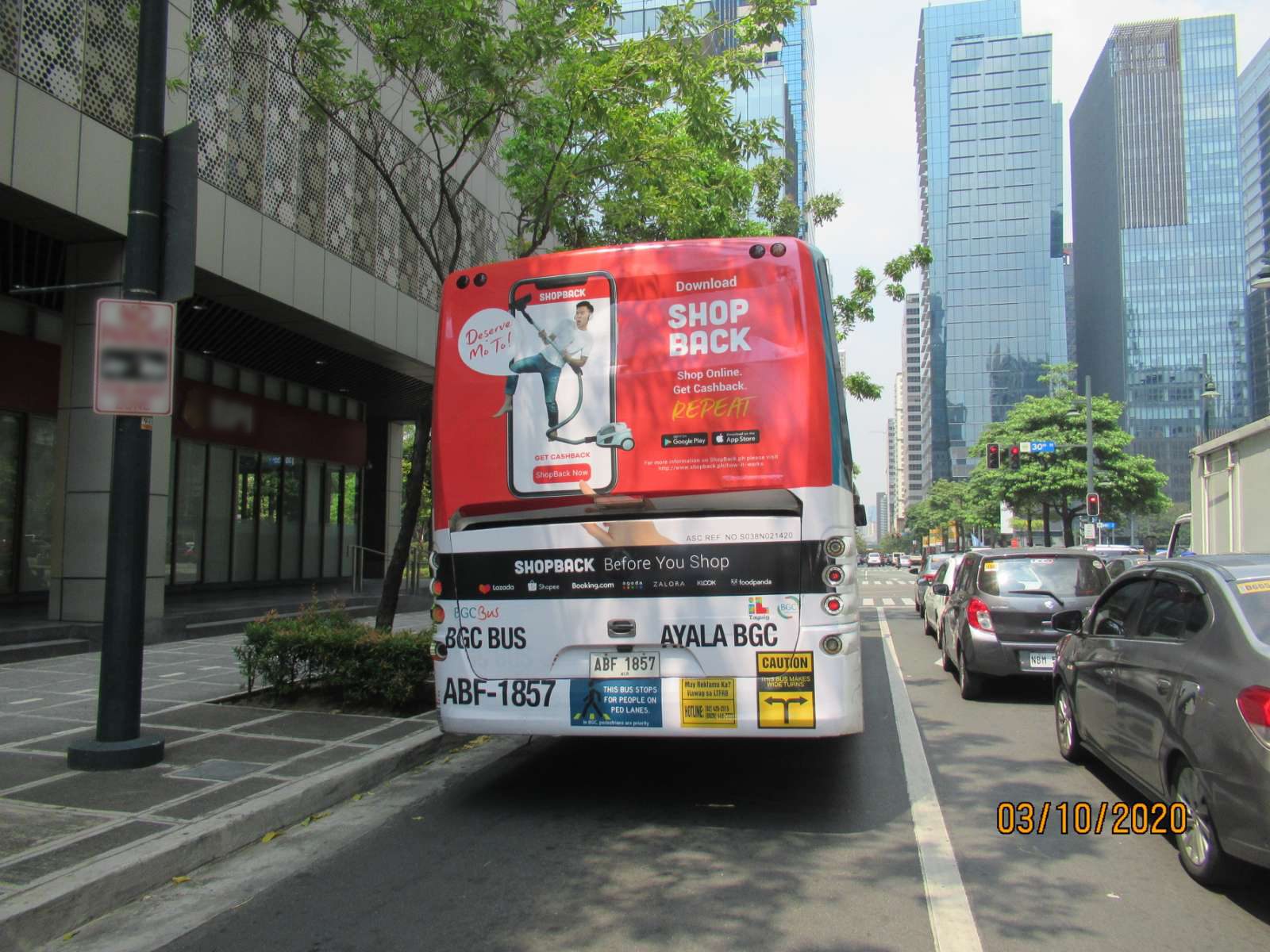Why Pick Transit Advertising Philippines for Your Brand name
Why Pick Transit Advertising Philippines for Your Brand name
Blog Article
Comprehending the Duty of Transit Advertising And Marketing in Enhancing Brand Exposure and Consumer Engagement
Transit advertising has actually become an essential element in the advertising and marketing landscape, offering distinct chances for brand names to elevate their exposure and engage customers effectively. With the capability to get to a diverse and captive target market throughout their day-to-day commutes, these advertising and marketing strategies are not merely regarding visibility; they have to do with creating meaningful connections with prospective customers. As we check out the complex advantages and innovative approaches within transportation marketing, it ends up being essential to take into consideration exactly how these components collectively influence consumer understanding and actions, questioning concerning their long-term effect on brand loyalty.
Interpretation of Transportation Marketing
Transportation advertising refers to the method of promoting products, services, or brand names via promotions put in and around public transportation systems. This form of advertising encompasses a selection of positionings, including posters on buses and trains, digital displays at transit stations, and covers on the exterior of cars. It aims to get to a diverse target market, capitalizing on the high foot web traffic linked with public transportation.
Transit advertising and marketing is tactically positioned to record the focus of travelers, who frequently invest significant time taking a trip or waiting. By integrating promotions into the day-to-day routines of people, brand names can create an enduring impression and foster brand name recognition. The tool is specifically efficient in urban atmospheres, where mass transit is a key mode of travel.
In addition, transit advertising and marketing can assist in local targeting, allowing organizations to reach details demographics based upon transportation routes and station places. As city populations grow and the usage of public transport boosts, this advertising and marketing technique has obtained prestige as a vital component of integrated marketing approaches. The dynamic nature of transit marketing, incorporated with its ability to engage customers in a captive atmosphere, emphasizes its value in contemporary marketing techniques.
Advantages of Transit Advertising
The efficiency of transportation advertising lies in its capacity to deliver a plethora of benefits to brands looking for to boost visibility and interaction. One of the key benefits is the comprehensive reach it uses; transportation advertisements can properly target diverse demographics across urban areas, reaching both commuters and pedestrians alike. This broad exposure considerably improves brand name recognition.
Another benefit is the high regularity of perceptions. As transportation automobiles travel along well-known routes and quit at numerous locations, they produce repeated exposure that strengthens brand messages. This frequency fosters knowledge, which is essential in customer decision-making.
Transit advertising is also cost-effective compared to other media platforms. Given its large reach and capacity for high perceptions, brands commonly experience a reduced price per thousand impressions (CPM), maximizing their advertising spending plan.
Moreover, transit advertisements can create a feeling of community connection. By aligning with local transportation systems, brands can reverberate with regional audiences and promote a feeling of regional satisfaction. This localized technique boosts brand commitment and interaction, making transportation advertising and marketing an engaging choice for organizations intending to strengthen their presence in the market.

Effective Approaches for Transit Projects
To optimize the impact of transportation projects, brands must leverage calculated planning and execution tailored to their target market. Initially, determining the group attributes of the audience making use of public transit is critical. This allows brand names to create individualized messaging that reverberates with potential clients.
Following, selecting the ideal transportation mediums is necessary. Whether using bus covers, subway posters, or electronic screens, each tool has unique benefits that can boost visibility. For instance, vivid visuals on bus covers can stand out, while digital ads can be upgraded regularly to show prompt promotions.
Additionally, incorporating a natural branding strategy across transit systems makes certain consistency and strengthens the brand's identity. Using eye-catching designs and memorable taglines will certainly enhance brand name recall amongst commuters.
Finally, timing is a vital consider executing successful transit campaigns. Launching campaigns throughout top traveling hours or local occasions can dramatically enhance presence and engagement. By employing these methods, brands can effectively harness the possibility of transportation advertising and marketing, promoting higher awareness and connection with their target market. Inevitably, a well-executed transit campaign can drive substantial development in brand name exposure and consumer engagement.

Gauging Effect and Engagement
In reviewing the efficiency of transit marketing campaign, accurate dimension of effect and involvement is necessary for brands looking for to enhance their marketing methods. Metrics such as reach, frequency, and impacts offer fundamental information to assess presence. Evaluating these variables assists determine the amount of possible clients are exposed to the promotions throughout their everyday commutes.
Involvement can be further determined through customer interactions, such as web site web traffic, social media states, and direct actions to calls-to-action included in the ads. Making use of tools like QR codes or special Links can help with monitoring of consumer habits directly linked to transportation campaigns. Studies and responses mechanisms likewise serve as important methods to gather qualitative information on customer perceptions and recall of the advertisement.
Moreover, progressed analytics and attribution models can correlate transportation direct exposure with succeeding buying habits, supplying understandings into the roi. By utilizing an extensive method that incorporates qualitative and measurable steps, brand names can develop a nuanced understanding of their transportation advertising and marketing influence. Ultimately, this data-driven strategy enables brands to refine their campaigns, ensuring they resonate efficiently with target audiences and enhance overall brand visibility.
Case Studies of Successful Projects
Effective transit advertising projects act as engaging instances of Discover More exactly how reliable strategies can elevate brand name presence and interaction. Transit Advertising Philippines. One significant case is the "I Love New york city" campaign, which transformed the city's photo and drew in countless visitors. By using subway advertisements, signboards, and bus wraps, the campaign developed a strong, natural brand name identity, resulting in a significant uptick in tourist and regional business patronage
An additional excellent campaign is Coca-Cola's "Share a Coke" campaign, which leveraged transportation marketing to personalize the brand name experience. By including prominent names on promotional look at more info products throughout different transit platforms, Coca-Cola cultivated a deeper emotional link with consumers, urging them to share their experiences on social networks.
Additionally, the "Got Milk?" campaign successfully utilized public transport advertisements to reach a wide target market, enhancing the message of the value of milk in a well balanced diet plan. The project saw a measurable rise in milk intake in target demographics.
These case researches illustrate that when executed thoughtfully, transportation marketing can dramatically improve brand name visibility, foster customer involvement, and drive quantifiable results, demonstrating its crucial duty in modern-day advertising and marketing methods. - Transit Advertising Philippines
Conclusion
In final thought, transportation advertising acts as an essential device for enhancing brand exposure and cultivating consumer involvement. By making use of purposefully placed ads within mass transit systems, brands can efficiently get to diverse audiences and strengthen recognition with constant direct exposure. The execution of targeted messaging and innovative techniques better amplifies the effect of transportation projects. Eventually, the ability to measure interaction and examine successful study emphasizes the effectiveness of transit advertising in driving brand name commitment and customer communications.
Transportation advertising and marketing has actually arised as a crucial component in the marketing landscape, providing special possibilities for brand names to raise their presence and engage consumers successfully.Additionally, transit marketing can promote local targeting, click to find out more allowing services to reach specific demographics based on transit routes and station locations.In reviewing the effectiveness of transportation advertising projects, exact measurement of impact and involvement is essential for brand names seeking to optimize their advertising and marketing approaches.Successful transportation marketing campaigns serve as engaging examples of just how efficient strategies can raise brand name exposure and involvement.In final thought, transit marketing serves as a crucial tool for improving brand name presence and promoting customer engagement.
Report this page